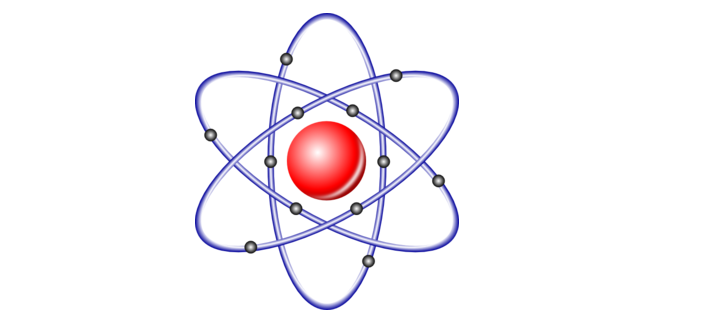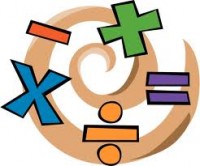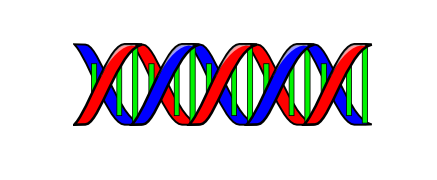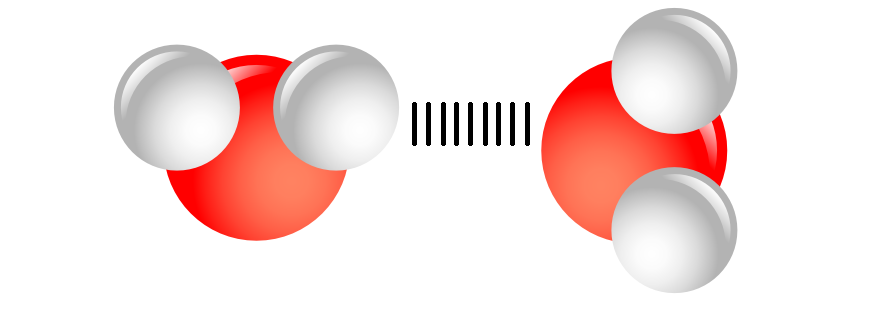SAT Skills: Tips for Writing Faster
Being able to write quickly is undeniably a sought after skill. It allows us to save a lot of time which can be particularly helpful when writing a test. Although everyone wants to be able to write as rapidly as possible, many people find it very difficult to write any faster than they already do.…
read more






